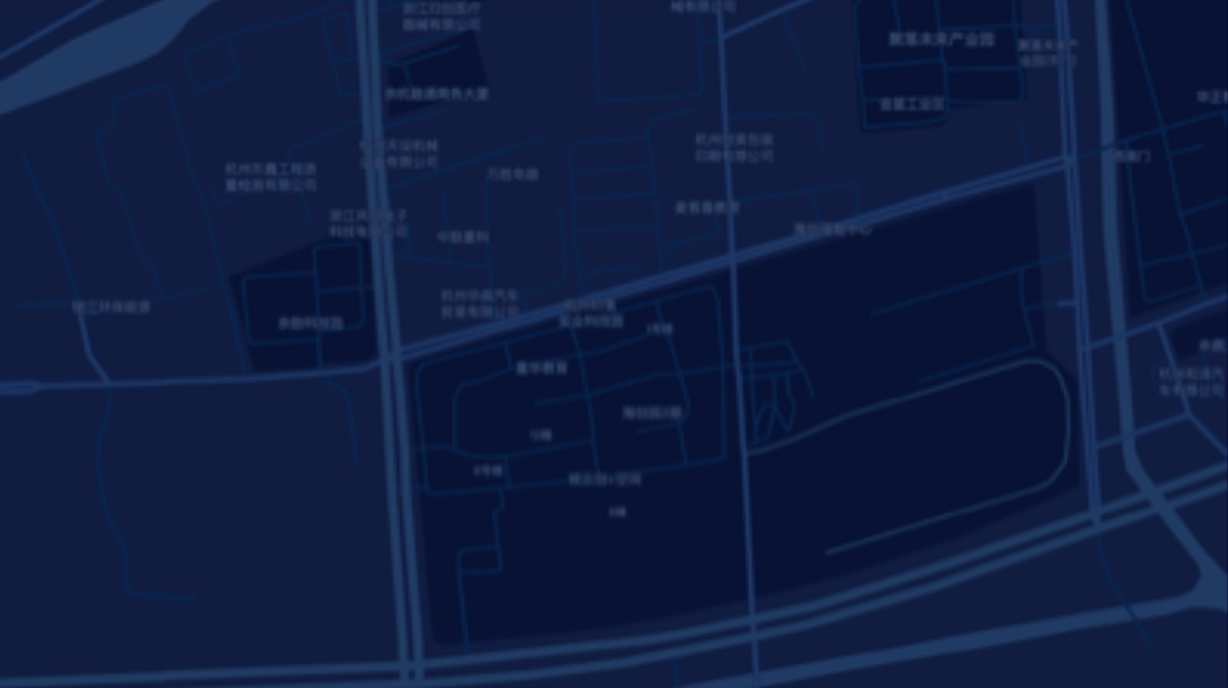Prev Post
CHEN Bigeng

Spring is the favorite season of Sebastian Pios, a young man from Germany. He hikes on the mountains around West Lake, while breathing oxygen from green leaves and soaking in the warmth of morning sunlight in spring. Taking photos of the beauty of Hangzhou has become part of Pios' daily life. However, he is not a tourist in Hangzhou, but a Hangzhou-based researcher - a postdoc at the Research Center for New Materials Computing of Zhejiang Lab (ZJ Lab). His research relates to photosynthesis and photolysis.
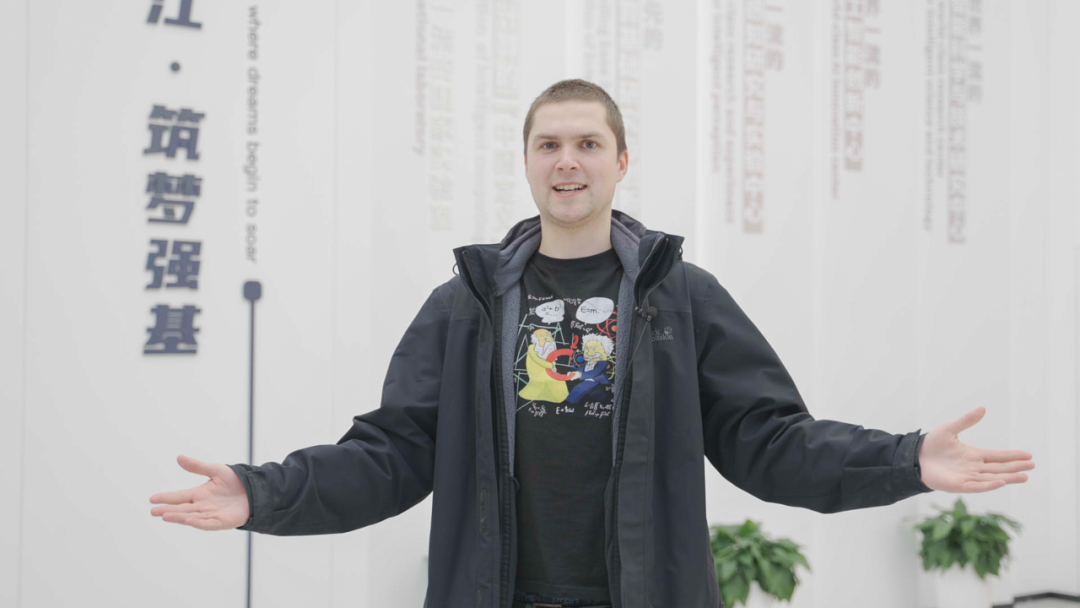

Photochemistry is one of the most common and important processes on Earth. Photochemistry not only initiates common natural phenomena such as photosynthesis, but also has a profound impact on materials science: photodegradation of coatings and polymers, and photocatalysis such as developing, lithography and organic chemical reactions, all of which are related to photochemical processes. "Photochemistry occurs all around us all the time and shapes our life in a 'secret' way," said Pios.
The secret of photochemistry lies in its occurrence typically at the molecular level of substances, with this transformation process being instantaneous, occurring in just about 10-15 seconds (on the femtosecond timescale). Identifying effective methods for observing and detecting photochemical processes is crucial for gaining insight into such natural phenomena, and developing or comprehending new materials.
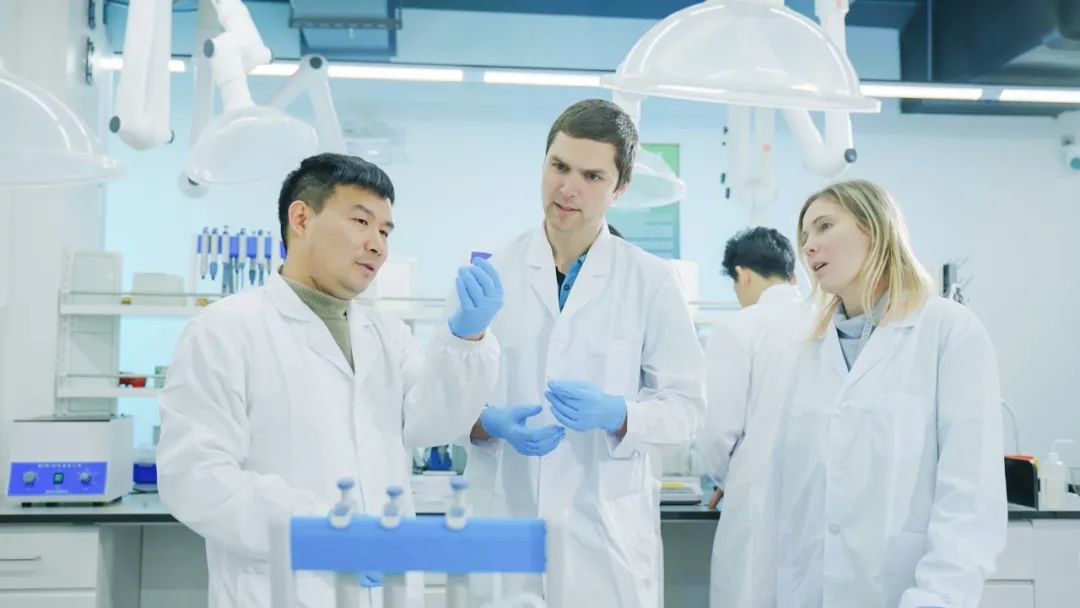
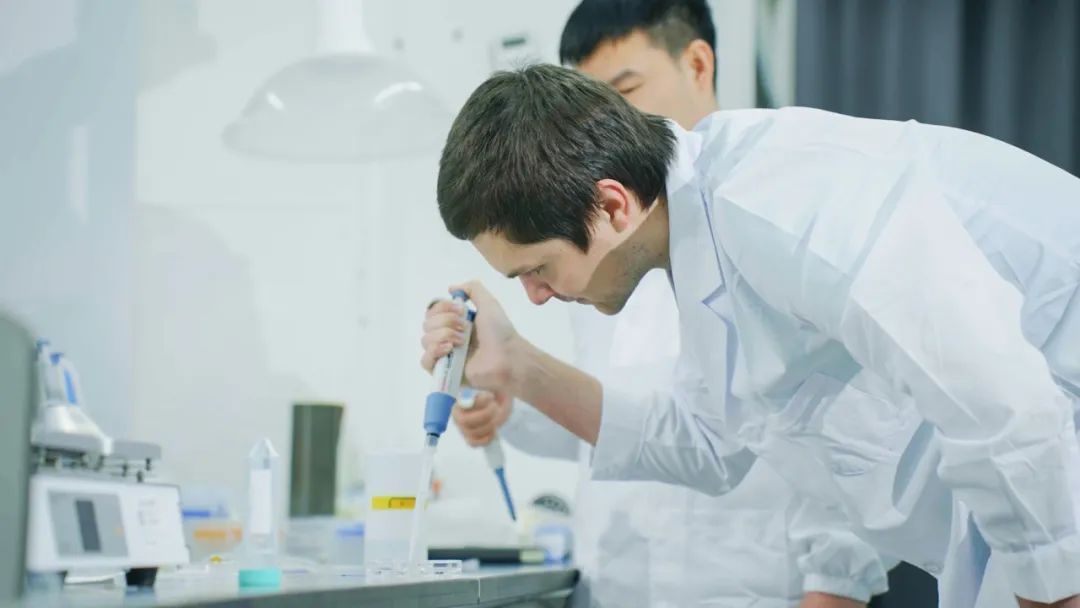
"Traditional computational chemistry methods perform well in analyzing small-scale photochemical systems. However, once the system size increases, there is an exponential increase in computational costs, seriously affecting computational accuracy." Pios explained, "This 'curse of dimensionality' ultimately prevents us from relying on traditional methods to study large-scale systems that involve more realistic effects."
After completing his PhD at the Technical University of Munich in Germany, Pios has been seeking new research ideas. In March of last year, Pios joined ZJ Lab and interacted closely with researchers specializing in computational chemistry, quantum dynamics, AI, and more. Through these interactions, Pios conceived the idea of integrating intelligent computing with high-resolution spectroscopy to uncover the secrets of photochemical processes. Pios hopes that intelligent computing could help speed up his research without compromising accuracy. Now, the early success of this research approach is becoming apparent.
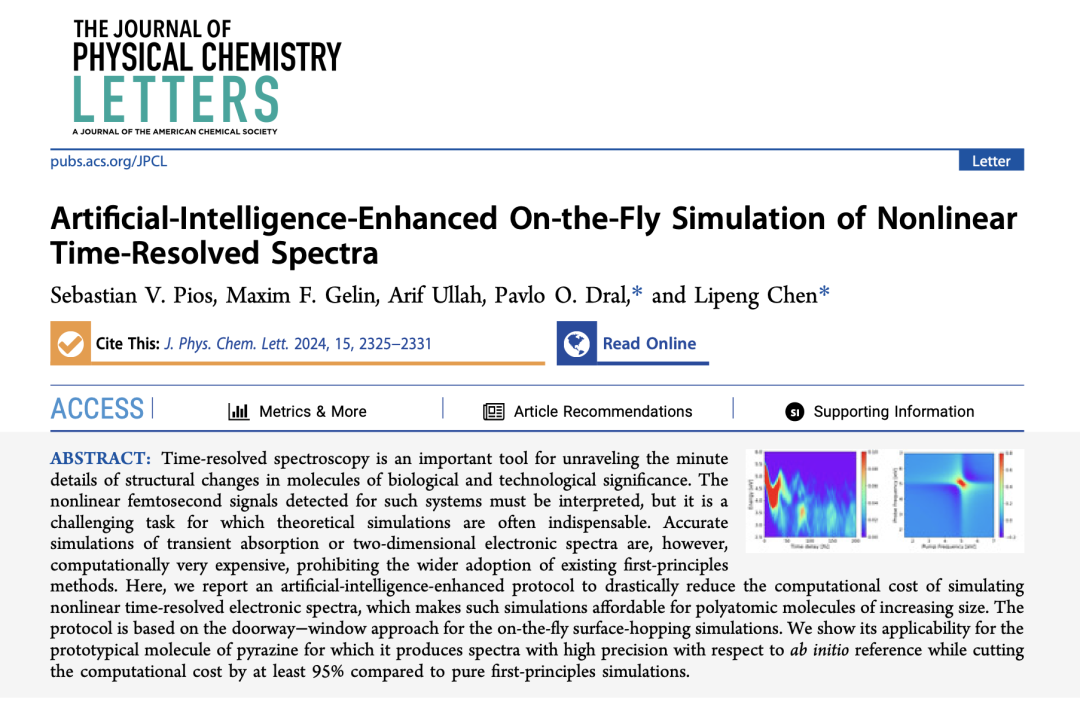
"The current research progress has shown the capability of machine learning to uncover nonadiabatic transition between electronic states and extract characteristic signals from spectra. In addition, intelligent computing has allowed us to reduce computational costs by about 95%, and our self-developed AI acceleration framework further ensures the accuracy of machine learning models." Pios said, "Machine learning models have demonstrated their potential in elucidating photochemical processes. As we continue to train and optimize the models, we are progressively finding ways to overcome the 'curse of dimensionality', thereby enabling the study of larger and more realistic systems."
"Guided by shared goals, I have engaged in exchanges and cooperation with researchers from various countries to broaden our perspectives. I believe that intelligent computing will continue to accelerate our research, pushing the boundaries of research, and driving insights and progress in the research and development of new materials. I'll also carry on exploring new approaches to computing-empowered materials research, and dig deep into photochemistry and spectroscopy," said Pios.










